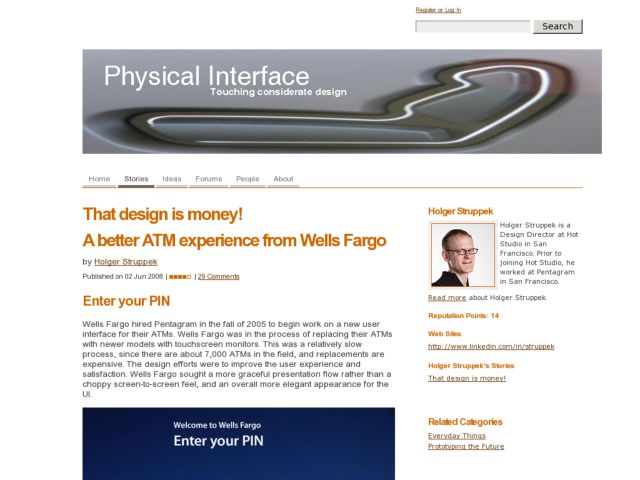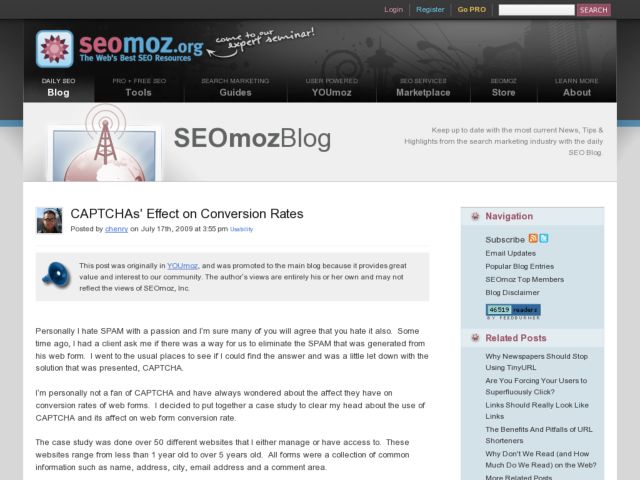Liz Danzico sought out the advice of digital designers and designer conspirers to ask them to respond to the following statement:
So you’re thinking about becoming a designer? If I could tell you only one thing about going into the field, my advice would be ___________ .
The suggestions ranged from the philosophical to the pragmatic. Below are the ones that resounded with me.
Focus on empathy and understanding problems
Being empathetic helps designers create things that move people.
- Jennifer BoveDon't just fall in love with a solution and go full force and making it look great, but really make sure that whatever you design is filling a need in the world and has a purpose.
- Whitney Hess
When it comes to design, I'm a big believer in empathy, as are most IA/IXD's who invest in user research. Jennifer Bove's video focusses on this. Whitney Hess also hits on a similar point.
When it comes to finding solutions for people, I'm also a fan of JM Spool's "don't do anything stupid, don't do anything clever," although it's more about finding the middle ground between clever and stupid.
Embrace the unfamiliar to innovate
Be a champion of effortful study, the act of constantly tackling problems and challenges that lie at the very edge of your ability.
- Ryan Sims
I'm also a big fan of taking on new work that is unfamiliar in order to be innovative and improve one's skills. I love what Bill Buxton and Paula Scher have to say on this topic. Ryan Sims, also states it rather succinctly and points out that there will be dues to pay if you want the experience and wisdom.
Be passionate
Have undying, unending passion for what it is you're doing. You'll run up against people who don't understand, who don't want to pay for it, who don't respect it. Ultimately none of that matters if you have the passion to make that happen.
- John Kolko
Finally, I think the thing that I agree with most, whether it has to do with design or knitting or whatever you do, is that you have to be passionate.
If you don't believe that passion is important, or that you can't get you far without talent, I suggest watching A Man Named Pearl, the documentary about a self-taught topiary artist who, prompted by a bigoted comment, proves to everyone around him that hard work and passion are what matter.
http://interactiondesign.sva.edu/blog/entry/video_notes_from_the_field/

